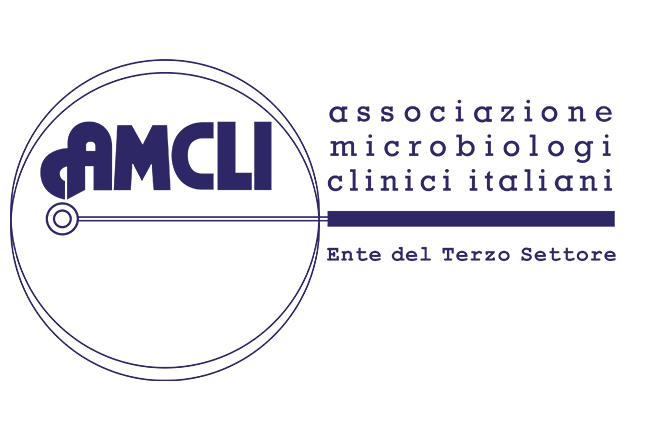- Sort Blog:
- All
- Infezioni associate all'assistenza sanitaria
- Veterinaria
- Prevenzione
- Sepsi
- Febbre
- Malattie dell'occhio
- Parassitologia
- Infezioni atipiche
- Marcatori d'infezione
- Varie
- Terapie palliative
- Virologia
- Zoonosi
- Problemi diagnostici
- Microbioma
- Farmacologia
- Antibiotici
- Test diagnostici
- Trapianti d'organo o tessuti
- Neoplasie
- Eziologia
- Micobatteriologia
- Tossinfezioni alimentari
- Tecnologia
- Metagenomica
- Malattie respiratorie
- Avvisi ai lettori
- Fagi
- Intossicazione alimentare
- Malattie Tropicali
- Malattie infiammatorie
- Ultime notizie
- antimicotici
- Genomica
- Malattie Metaboliche
- Nutrizione
- Mal. a trasm. sessuale
- Medicina ambientale
- Semeiotica
- Probiotici
- Tossicologia
- Linee guida - Raccomandazioni
- Epidemie infettive
- Eruzioni mucocutanee da infezione
- Marcatore
- Malattie cardiocircolatorie
- Vaccinazioni
- Prognosi delle infezioni
- Malattie dermatologiche
- Oculistica
- Malformazioni congenite
- Argomento generico
- Disinfezione
- Oncologia
- Malattie genetiche
- Malattie renali
- Problemi metodologici
- Necrologio
- Flogosi acute o croniche
- Malattie da infezione
- Politica sanitaria
- Malattie del viaggiatore
- Patogenesi
- Malnutrizione
- Tossinfezion alimentari
- Squilibri ormonali
- Uncategorized
- Malattie da prioni4
- Rickettsie
- Fattori di rischio
- Malattie neurologiche
- Malattie autoimmuni
- Batteriologia
- Malattie da prioni
- Terapie antinfettive
- Farmaci antinfiammatori
- Malattie delle articolazioni
- Malattie ortopediche
- Micologia
- Immunologia
- Tossicodipendenza
- Sepsi neonatale
- inflammatory bowel disease (IBD)
- Infezioni urinarie
In the Literature
COCCIDIOIDOMYCOSIS: WHAT ACCOUNTS FOR DISSEMINATION IN SOME PATIENTS WITHOUT APPARENT IMMUNOCOMPROMISE?
CARBAPENEM-RESISTANT PSEUDOMONAS AERUGINOSA
Principles for Ending Human Immunodeficiency Virus as an Epidemic in the United States: A Policy Paper of the Infectious Diseases Society of America and the HIV Medical Association
Anna K Person; Wendy S Armstrong; Tyler Evans ; John J W Fangman; Robert H Goldstein …
While remarkable advances have been made in the development of biomedical interventions to prevent and treat human immunodeficiency virus (HIV), broad-scale policy changes are needed for these tools to reach the populations most heavily impacted by HIV. Ten policy principles are offered to address the structural changes needed to end the HIV epidemic in the United States.
Virologic Failure Following Low-level Viremia and Viral Blips During Antiretroviral Therapy: Results From a European Multicenter Cohort
Viral blips are defined as transient episodes of detectable viremia in patients on suppressive cART within a given timeframe. There is no generally accepted definition of the upper limit of a viral blip. We defined viral blips as plasma HIV RNA between 50 and 500 copies/mL within a time period of six weeks.
